catalogue
6.1 introduction to monocular operators
//I haven't finished yet!
1. Operator classification:
arithmetic operator
Shift operators
Bitwise operators
Assignment operator
unary operator
Relational operator
Logical operator
Conditional Operator
comma expression
Subscript references, function calls, and structure members
2. Arithmetic operators
+ - * / %

1. In addition to the% operator, several other operators can act on integers and floating-point numbers.
2. For the / operator, if both operands are integers, perform integer division. As long as there are floating-point numbers, it is floating-point division.
3. The two operands of the% operator must be integers. Returns the remainder after division.
3. Shift operator
< < shift left operator
>>Shift right operator


Note: 1. The operand of shift operator can only be an integer.
2. All moving are binary complements (the computer stores complements).
3.1 shift left operator
Shift rule:
Discard on the left and supplement 0 on the right
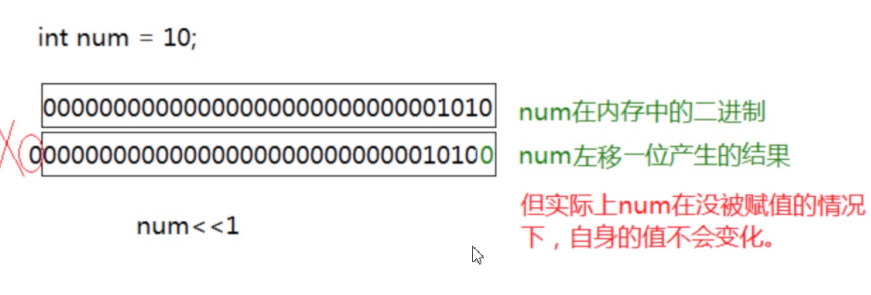
3.2 shift right operator
Shift rule:
First, there are two kinds of shift right operations:
1. Logical shift
Fill the left with 0 and discard the right
2. Arithmetic shift
The left is filled with the sign bit of the original value, and the right is discarded
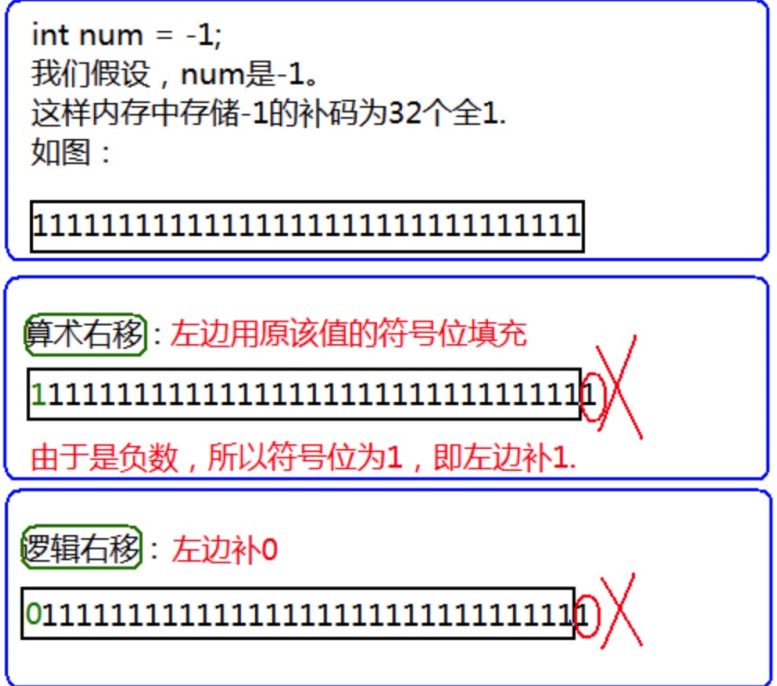
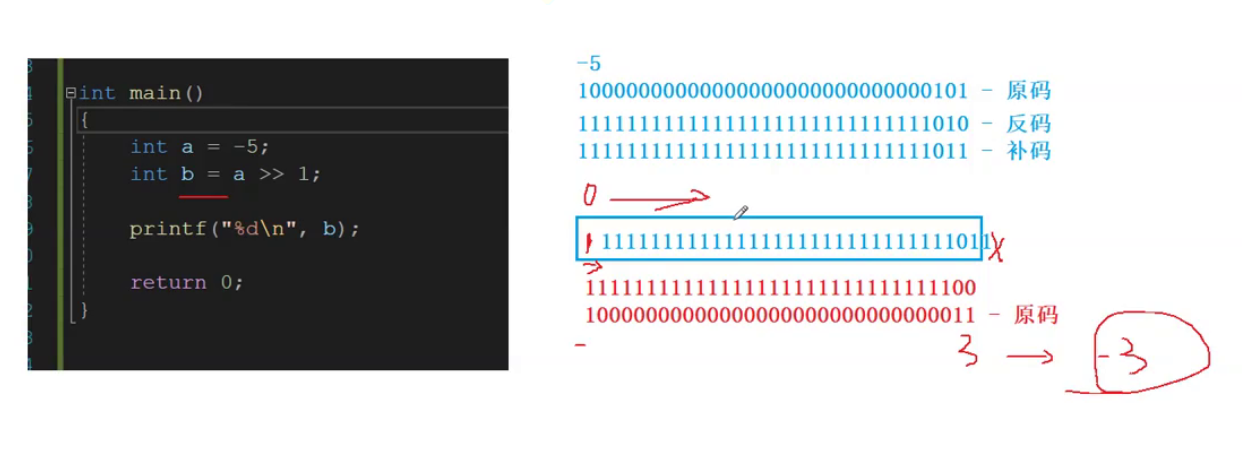

ps:
1. Our common compiler is right shift
2. For the shift operator, do not move the negative digit, which is not defined in the standard.
For example:
int num = 10;
num>>-1;//error
4. Bitwise operator
Bitwise operators are:
&/ / bitwise AND
|/ / bitwise OR
^/ / bitwise XOR
Note: their operands must be integers.


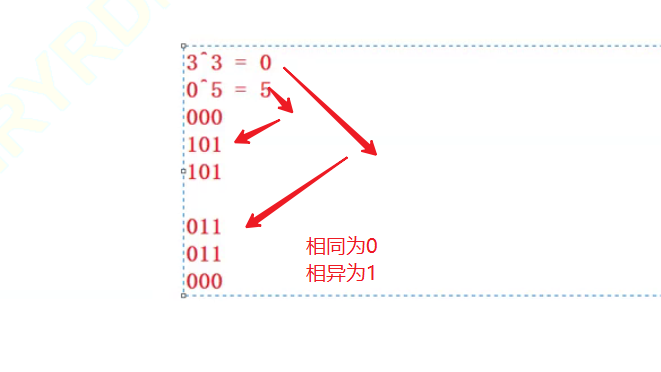
A perverse interview question:
You cannot create a temporary variable (the third variable) to exchange two numbers.
#include <stdio.h>
int main()
{
int a = 10;
int b = 20;
a = a^b;
b = a^b;
a = a^b;
printf("a = %d b = %d\n", a, b);
return 0; }
practice:
Write code to realize: find the number of 1 in the binary of an integer stored in memory.
Reference code:
//Method 1
#include <stdio.h>
int main()
{
int num = 10;
int count= 0;//count
while(num)
{
if(num%2 == 1)
count++;
num = num/2;
}
printf("Number of 1 in binary = %d\n", count);
return 0;
}
//Is there a problem thinking about such an implementation?//Method 2:
#include <stdio.h>
int main()
{
int num = -1;
int i = 0;
int count = 0;//count
for(i=0; i<32; i++)
{
if( num & (1 << i) )
count++;
}
printf("Number of 1 in binary = %d\n",count);
return 0; }
//Thinking about whether it can be more optimized, we must cycle 32 times.//Method 3:
#include <stdio.h>
int main()
{
int num = -1;
int i = 0;
int count = 0;//count
while(num)
{
count++;
num = num&(num-1);
}
printf("Number of 1 in binary = %d\n",count);
return 0; }
//Is this a good way? The optimization effect is achieved, but it is difficult to think of.5. Assignment operator
The assignment operator is a great operator that allows you to get a value you were not satisfied with before. That is, you can reassign yourself.

int weight = 120;//weight weight = 89;//Assign value if you are not satisfied double salary = 10000.0; salary = 20000.0;//Assign values using the assignment operator.
Assignment operators can be used continuously, such as: int a = 10; int x = 0; int y = 20; a = x = y+1;//continuous assignment How does this code feel? The same semantics, you see: x = y+1; a = x; Is this writing more clear, crisp and easy to debug.
Compound assignor
+=
-=
*=
/=
%=
>>=
<<=
&=
|=
^=
These operators can be written as compound effects.
For example:

6. Monocular operator
6.1 introduction to monocular operators
! Logical reverse operation
- negative
+ positive
& Get address
sizeof The type length of the operand in bytes
~ Bitwise negation of a number
-- Front and rear--
++ Front and rear++
* Indirect access operator (dereference operator)
(type) Cast type
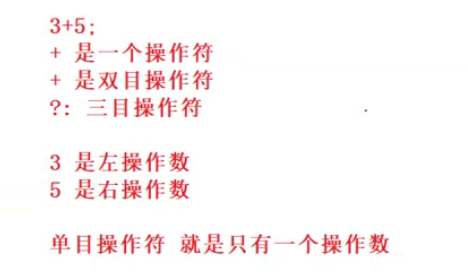
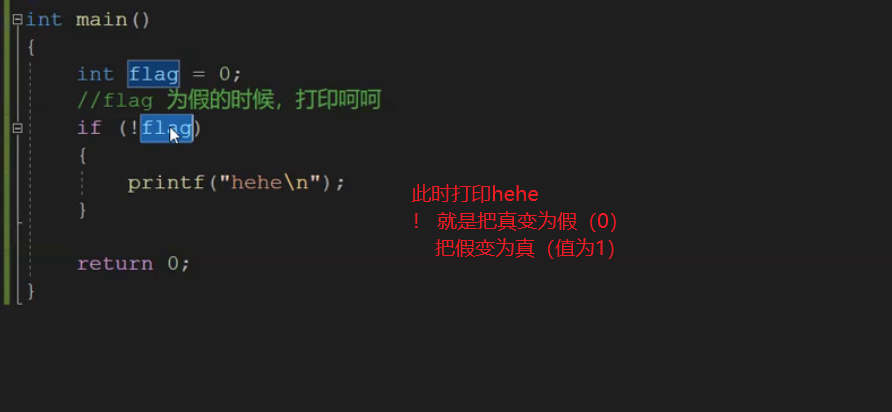
 (there is no sign of absolute value, only function)
(there is no sign of absolute value, only function)
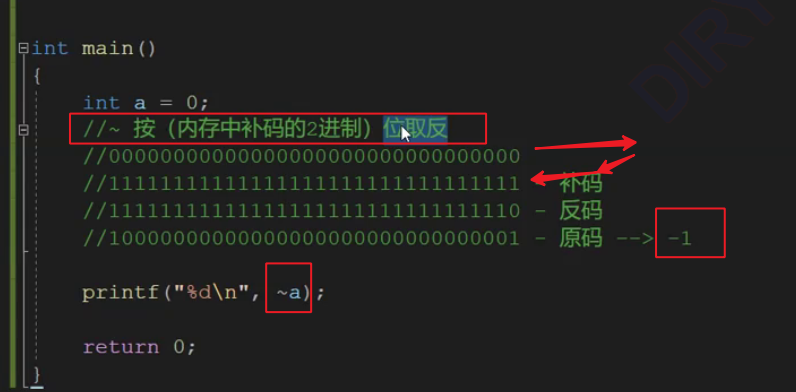
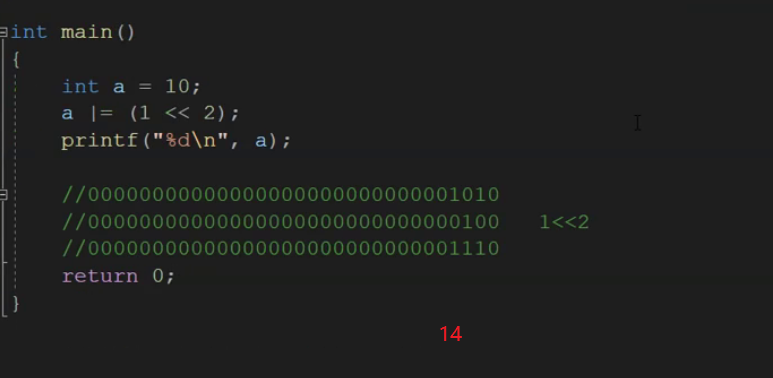
Demo code:
#include <stdio.h>
int main()
{
int a = -10;
int *p = NULL;
printf("%d\n", !2);
printf("%d\n", !0);
a = -a;
p = &a;
printf("%d\n", sizeof(a));
printf("%d\n", sizeof(int));
printf("%d\n", sizeof a);//Is that all right?
printf("%d\n", sizeof int);//Is that all right?
return 0; }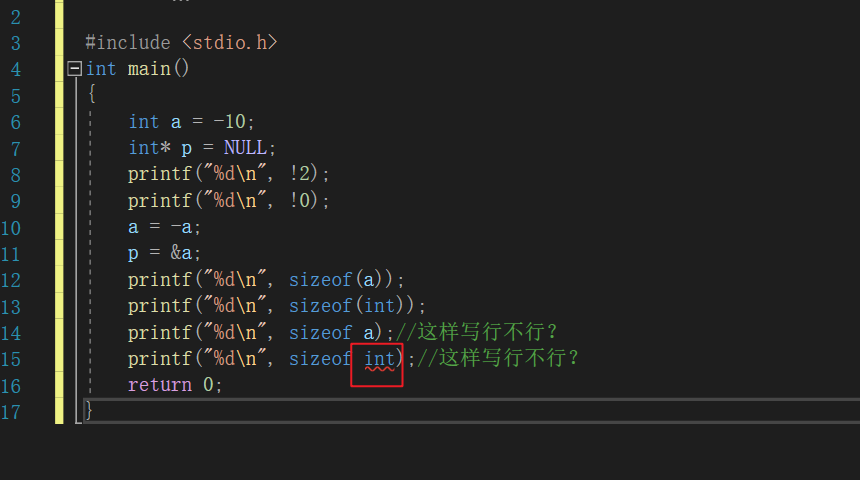
6.2 sizeof and arrays
#include <stdio.h>
void test1(int arr[])
{
printf("%d\n", sizeof(arr));//(2)
}
void test2(char ch[])
{
printf("%d\n", sizeof(ch));//(4)
}
int main()
{
int arr[10] = {0};
char ch[10] = {0};
printf("%d\n", sizeof(arr));//(1)
printf("%d\n", sizeof(ch));//(3)
test1(arr);
test2(ch);
return 0; }
Q:
(1),(2)How much is output from the two places?
(3),(4)How much is output from the two places?//++And -- operators
//Pre + + and--
#include <stdio.h>
int main()
{
int a = 10;
int x = ++a;
//First increment a, and then use a, that is, the value of the expression is the value after the increment of A. x is 11.
int y = --a;
//First, self subtract a, and then use a, that is, the value of the expression is the value after self subtraction of A. y is 10;
return 0; }
//Post + + and--
#include <stdio.h>
int main()
{
int a = 10;
int x = a++;
//First use a and then increase it, so that the value of x is 10; Then a becomes 11;
int y = a--;
//First use a and then subtract from it, so that the value of y is 11; Then a becomes 10;
return 0; }That's all for today!!!
If you think the author is a little helpful to you!
Just a little praise and attention!!! Of course, subscription is even more desirable!
Finally, thank you for watching!!!
Your support is the greatest driving force for the author to write!!!
See you next time!!!